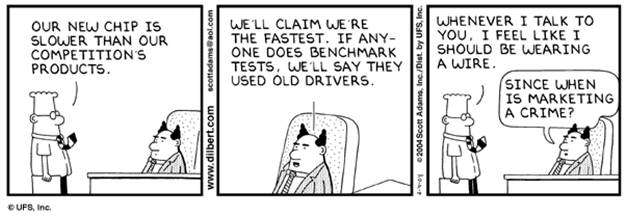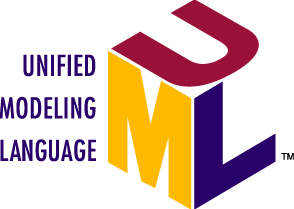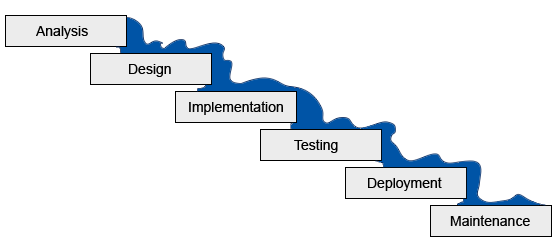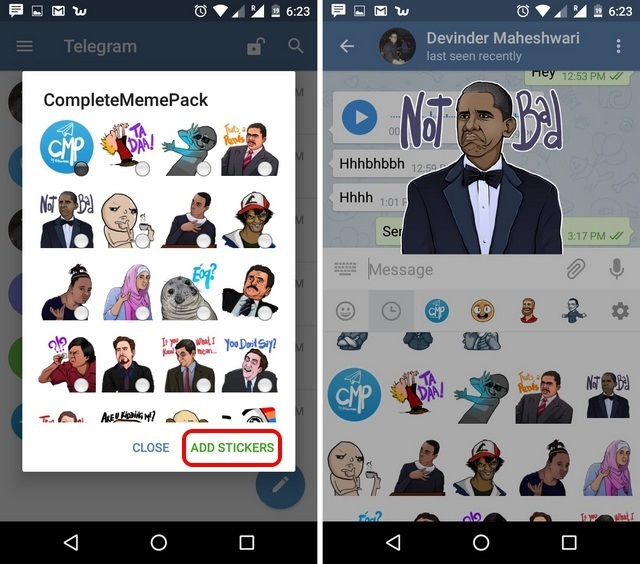Professional ethics are set of rules, regulations, and a code of conduct that govern how a professional deals with each other and others outside of the profession.
Software has the potential to do good or cause harm, to eneable or influence others to do good or cause harm.

Principle 1: PRODUCT
Software engineers shall, insofar as possible, ensure that the software on which they work is useful and of acceptable quality to the public, the employer, the client, and the user; completed on time and at reasonable cost; and free of error.
Principle 2: PUBLIC
Software engineers shall, in their professional role, act only in ways consistent with the public safety, health, and welfare.
Principle 3: JUDGMENT
Software engineers shall, insofar as possible and consistent with Principle 2, protect both the independence of their professional judgment and their reputation for such judgment.
Principle 4: CLIENT AND EMPLOYER
Software engineers shall, consistent with the public health, safety, and welfare, always act in professional matters as faithful agents and trustees of their client or employer.
Principle 5: MANAGEMENT
A software engineer in a management or leadership capacity shall act fairly and shall enable and encourage those who they lead to meet their own and collective obligations, including those under this code.
Principle 6: PROFESSION
Software engineers shall, in all professional matters, advance both the integrity and reputation of their profession as is consistent with public health, safety, and welfare.
Principle 7: COLLEAGUES
Software engineers shall treat all those with whom they work fairly and take positive steps to support these collegial activities.
Principle 8: SELF
Software engineers shall, throughout their career, strive to enhance their own ability to practice their profession as it should be practiced.
Source: http://www.itk.ilstu.edu/faculty/bllim/itk178/Software%20Engineering%20Code%20of%20Ethics,%20Version%203_0.htm











